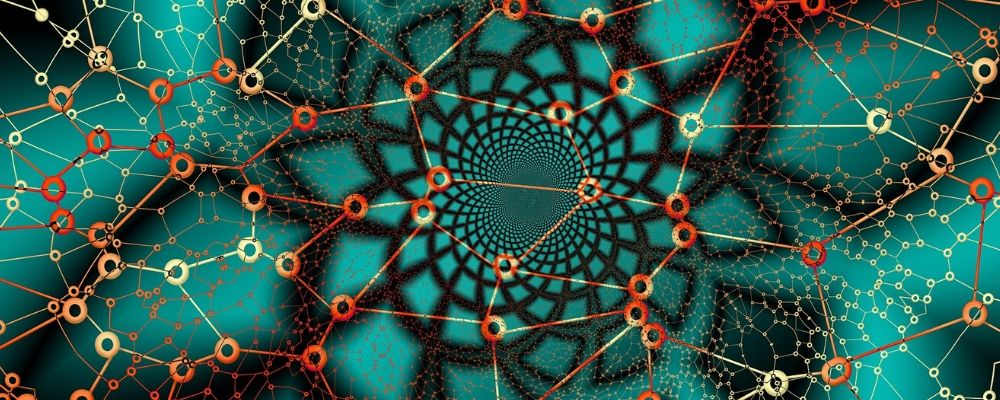App integration is about bringing it all together – getting apps to talk to each other.
App Integration
What does it actually mean when an app integrates with another app? How deep does this integration actually go? This is the question we asked Jeffrey Atizado of SMB Consultants and Clinton Cowin of TradiePad.
Here is what we learned but please listen in as Jeffrey and Clinton explain all this much better than we ever could.
To listen while you drive, walk or work, just access the episode through a free podcast app on your mobile phone.
Integrations
Although the different types of integrations are often thrown into one bucket, not all app integrations are created equal.
There are 4 types of integrations – native integrations, third party integrations, plugins and Zapiers. They are all a form of integration but the quality of integration is completely different between those four.
Native Integrations
Native integrations are the preferred option. A native integration is where software A has built a direct connection to software B with no third party in between. This gives you the safest connection and the lowest risk of link breakage.
API is the plumbing that you need for a native integration. It is what allows one app to communicate with another.
Third Party Integrations
There are companies that build connections between softwares. They invest their resources that the apps vendors themselves can’t find or justify to build and support.
While they do a very good job, they are limited by the API connections both softwares provide.
Plugins
A plugin adds a specific feature to an existing software. This software must allow the plugin and hence allow customisation. A lot of softwares – for example Xero or Shopify – have marketplaces where you can choose the plugin you need. A plugin is like another app. The Adobe Flash Player is an example of a plugin.
Zapier
Zapier is a great example of a third party piece of software that sits between software A and software B but is completely independent. If software A or B change something, the link breaks. As a result Zapier can solve problems but can also create problems.
What the Future Holds
In Jeffrey’s view, there will always be choice between large general and small specialised softwares. As much as the large software vendors will continue to evolve and onboard more functionality, they won’t have the resources and agility to compete with companies specialising on one app stack function. There is no either/or. The general and specialised softwares will continue to co-exsist.
Clinton expects to see a lot more collaboration. There is still more standardisation around code and APIs needed before this can happen, but once this is done, collaboration will be the next big thing.
________
So this is a short glimpse into what Jeffrey and Clinton discuss in this episode. But please listen in as they cover a lot more ground than we do here.
MORE
Disclaimer: Tax Talks does not provide financial or tax advice. All information on Tax Talks is of a general nature only and might no longer be up to date or correct. You should seek professional accredited tax and financial advice when considering whether the information is suitable to your or your client’s circumstances.
